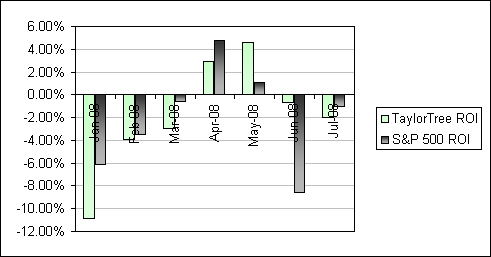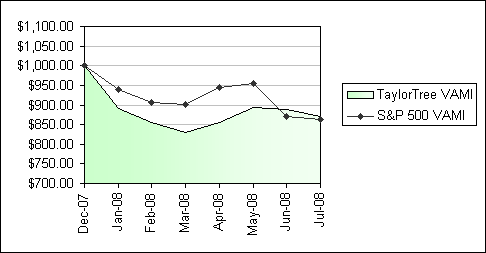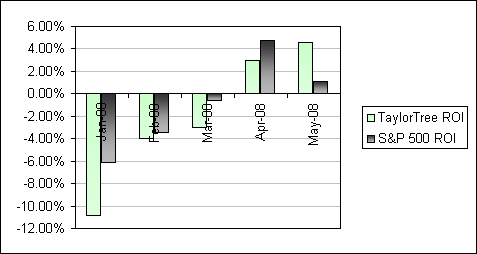
MT
The critical ingredient is a maverick mind. Focus on trading vehicles, strategies and time horizons that suit your personality. In a nutshell, it all comes down to: Do your own thing (independence); and do the right thing (discipline). -- Gil Blake











"Look at a stone cutter hammering away at his rock, perhaps a hundred times without as much as a crack showing in it. Yet at the hundred-and-first blow it will split in two, and I know it was not the last blow that did it, but all that had gone before." -- Jacob A. RiisMT
"Risk is trying to control something you are powerless over." -- Eric Clapton

"I sometimes meet people who say, I'm going to be this and I'm going to be that. You feel kind of bad for them because they're limiting themselves. It's different from having an enthusiasm for something and seeing where life takes you. I feel lucky to never have planned to go into what I did. I always said, "All I want to do is make things, whether it's drawing or writing." If I'd said, "I'm going to be a director," it probably wouldn't have happened." -- Tim Burton
"Pick a mountain in life to climb and don't stop til' you reach the top. When you reach the top...be lookin' for the next mountain to climb." -- Life philosophy of Helen TaylorMy Mom died 6 years ago today. I lost track of the times I heard from her, "climb that mountain", when life turned difficult. And the many times I responded, "I'm tired of climbing."
"Do what you gotta do so you can do what you want to do"MT
-- Denzel Washington
"The one who does the work decides." -- KDE principleJeff Atwood over at the Coding Horror blog discusses a fascinating problem in software development. Doers and talkers. Designers and coders.
“The reasonable man adapts himself to the world: the unreasonable one persists in trying to adapt the world to himself. Therefore all progress depends on the unreasonable man.” -- George Bernard ShawScott over at the scottberkun.com blog links to an amazing paper on Managing for Breakthroughs in Productivity. The article discusses how breakthroughs occur...and don't occur. My favorite quote...
For breakthroughs to occur, people must be given a chance to do work than can not be proven: ambition and risk are necessary for breakthroughs. If individuals are not trusted to take risks, breakthroughs are unlikely.Spot on! Programming and risk goes hand in hand. As do programming and ambition.
So the first tip is to always have a strong technical co-founder. Someone who shares or invents the business along with others, but also has the technical feet on the ground. Someone who can make sure the business is mapped onto technology correctly.And probably my favorite in regard to hiring programmers...
Avoid hiring managers...What you need are experienced technical people who love coding. These are going to be natural mentors for your younger engineers. Mentors and not managers.
Coding becomes sculpting. Starting with a shapeless form you continuously refine the code to satisfy the business requirements and make sure that the system is designed and implemented correctly.
...candidates need to demonstrate love for simple and elegant code.Simple and elegant code = Simple and elegant company.
"The Things to do are: the things that need doing, that you see need to be done, and that no one else seems to see need to be done. Then you will conceive your own way of doing that which needs to be done — that no one else has told you to do or how to do it. This will bring out the real you that often gets buried inside a character that has acquired a superficial array of behaviors induced or imposed by others on the individual." -- Bucky FullerGreat quote. What do you see that needs to be done? And more importantly...what are you doing about it? But, a precaution...doing what needs to be done that hasn't been done by others prompts others to stall/halt the doing. Do you have what it takes to overcome the others in order to get the doing done?
"Any intelligent fool can make things bigger, more complex, and more violent. It takes a touch of genius -- and a lot of courage -- to move in the opposite direction." -- Albert EinsteinSomething to think about when developing systems.
Bucket 1 -> 01/01/1995 - 12/31/1996
Bucket 2 -> 01/01/1997 - 12/31/1998
Bucket 3 -> 01/01/1999 - 12/31/2000
Bucket 4 -> 01/01/2001 - 12/31/2002
Bucket 5 -> 01/01/2003 - 12/31/2004
[Clarification: The testing date ranges in the buckets listed above are not the start and end dates for your trades. The date ranges are the start and end dates for your idea. Meaning...all ideas triggered from 01/01/1999 to 12/31/2000 would be in Bucket 3. You would need to track those signals for as long as you stay in them...which may mean all the way to your end date of 12/31/2004. Make sense?
In essence, your overall begin and end dates are 01/01/1995 - 12/31/2004. Then you slice and dice the signals that occurred during that time frame based on entry date into buckets 1 - 5.]
"...the most important quality for a trader to develop is discipline. As you've read, my stubborn ego and impatience prevented me from achieving lasting success and financial security. I hope my story has shown you that any fool can get lucky and quickly make a great deal of money. But, if playing the stock market was always that easy, there would be no need for research and hard work. Considering that all the information you need to be able to profit is available on the Internet, what sets successful traders apart is their ability to wade through all the muck. With regard to your sources, keep an open mind. As my losses demonstrate, if you allow your emotions and ego to control your trading, you are doomed to fail." -- Timothy Sykes from his book, An American Hedge FundWhat great words of advice! Reading Tim's book brought back the memories of what it was like trading in the greatest stock bubble of our time. In fact, I participated in the ISCO trade he mentions in the book. What a ride, indeed!
Newbie - converting csv files to arrays in NumPyGreat message thread on how to convert csv files to numpy arrays. |
Cookbook/InputOutput - Numpy and ScipyFile processing examples using numpy, scipy, and matplotlib. How to read/write a numpy array from/to ascii/binary files. |
Numpy Example ListExamples of Numpy functions such as fromfile(), hsplit(), recarray(), shuffle(), sort(), split(), sqrt(), std(), tofile(), unique(), var(), vsplit(), where(), zeros(), empty(), and many more. |
Introducing Plists: An Erlang module for doing list operations in parallelCould you spawn a trading system process for each stock of a given day's trading (a list)? What if you had 20,000 stocks for a given day? Can plists/erlang handle 20,000 processes without hitting memory constraints? |